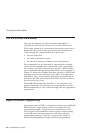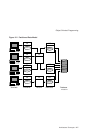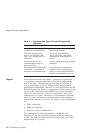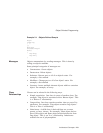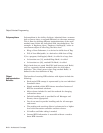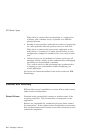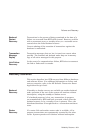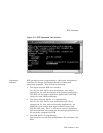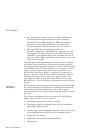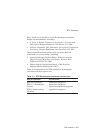
RTR Server Types
When there is concern that your database is a single point
of failure, add a shadow server, if possible at a different
physical location.
• Standby servers provide a node that can take over processing
on a data partition when the primary server or node fails.
When there is concern that your server application or the
node where it is running is a single point of failure in your
configuration, configure a standby server to be ready to take
over.
• Callout servers run on backends or routers and receive all
messages within a facility so that authentication and logging
operations can be performed in parallel.
Use a callout server to add processing logic (authentication
or logging) to your transactions without modifying your
server application.
All servers are further described in the earlier section on RTR
Terminology.
Failover and Recovery
RTR provides several capabilities to ensure failover and recovery
under several circumstances.
Router Failover
Frontend nodes automatically connect to another router if the
one being used fails. This reconnection is transparent to the
application.
Routers are responsible for coordinating the two-phase commit
for transactions. If the original router coordinating a transaction
fails, backend nodes select another router that can ensure correct
transaction completion.
3–2 Reliability Features



